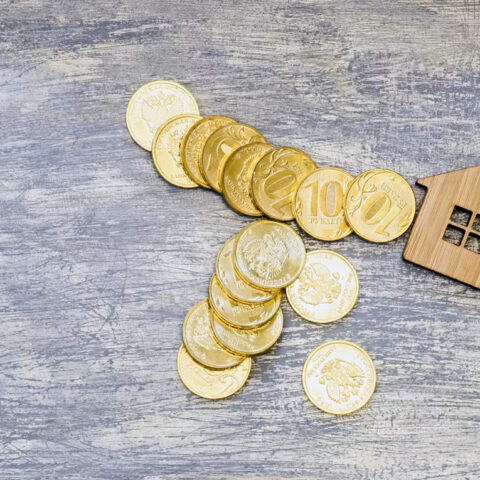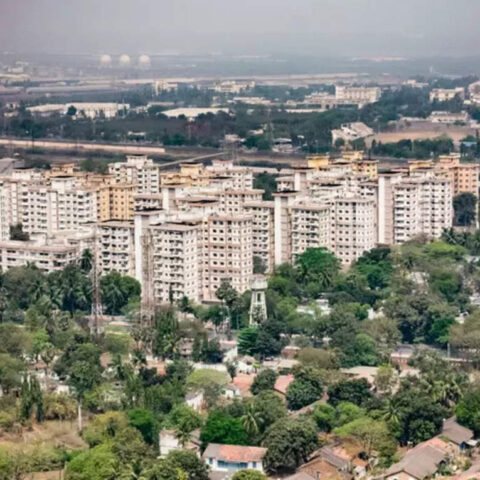For example, Gregg’s homes range from 4,000 to 7,000 square feet and construction alone takes at least a year. On top of that, finalizing plans, getting permits, and sourcing materials can take months—particularly given current shortages. “Given the supply chain issues since the pandemic, it’s important to check with your suppliers about lead times for items like windows, doors, and appliances,” he says.
Similarly, for an average new-construction home, Thorpe recommends allowing one year for property searching and interviewing the experts you will work with before moving into contracting the design. Then, he recommends allocating three to five months for design, and six to eight months for construction. So a general rule of thumb is to plan for a minimum of two years from start to finish.
The AD PRO Directory is now accepting Builders and Contractors
Look into the location
Exactly where you want to build your dream home will dictate a lot of the options available to you. According to Gregg, a few points you may want to consider are similar to those of traditional homebuyers: the quality of local schools, accessibility concerns, nearby property conditions and the local housing market (a real estate agent can help here), availability of utilities, and, again, the conditions of the site you want to build on. “When selecting a site, the most important thing to understand is the site’s buildability, meaning: ‘Can you get the trucks to the site?’” Thorpe says. “Last thing you want is to purchase a beautiful 10-acre property with amazing views of the mountains and come to find out it’s only accessible via helicopter.”
Even if you have an image of your perfect home already in your mind, it may not be feasible to build it in your location. “Buildings are made in context,” Thorpe says. “Financial, environmental, sociocultural, historical, and material economies are invisible forces that shape a building.” You will also want to consider local zoning laws, building codes, permitting, and the general climate. For example, if you live closer to the water, you may have to risk damage from natural disasters and/or pay for higher insurance rates. Take time to understand the environmental impact of the land you’re considering building on and, even further, the history tied to the land.
Don’t downplay design
Ensuring your design vision is feasible is crucial to the success of your project. Jennifer Coots of Kingdom & Co. in Las Vegas, Nevada, emphasizes that any design should meet both aesthetic and practical needs. Yes, you’ll need to keep in mind how the floor plans will impact movement through your home, the amount of storage space you’ll require, and even where the HVAC ducts and electrical wiring for outlets will be placed. But the fun part is choosing materials, styles, finishes, and personal touches, so make your preferences known during the design phase of the project.








